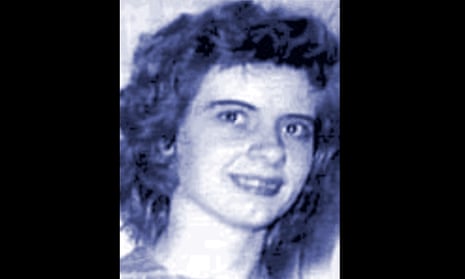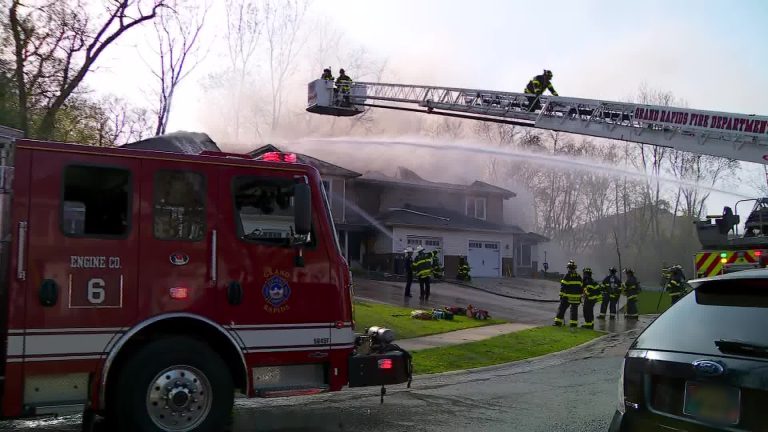The Salem Witch Trials Revisited: John Proctor Is the Villain Comes to Broadway
John Proctor Is the Villain premiered Off-Broadway at the Booth Theatre, presenting the masterful production of Kimberly Belflower’s acerbic script, directed by Danya Taymor. Against the deadly playground of a small-town Northeast Georgia honors lit class in a high school, the play reimagines Arthur Miller’s The Crucible as a biting, timely commentary on the #MeToo movement and social power.
The staging, with Sadie Sink delivering a tour de force performance as Shelby Holcomb, is simultaneously homage to The Crucible’s tradition and a candid reimagining of its concepts. Sink is ably served by a stunning company, including Nihar Duvvuri, Gabriel Ebert, Molly Griggs, Maggie Kuntz, Hagan Oliveras, Morgan Scott, Fina Strazza, and Amalia Yoo. They bring vitality to the fraught, fraught story together, inciting discussion of youth, power, gender, and the social frameworks that rule us.
Setting the Stage
John Proctor Is the Villain takes place in one classroom where a high school class reads The Crucible with their teacher, Mr. Smith (played by Tony Award winner Gabriel Ebert). The class appears on its surface to be any regular one, with intellectual debate about Salem’s notorious witch trials. But as the play progresses, the students find themselves asking themselves whether the classical narratives of the events laid out before them.
Shelby Holcomb is the lead-in, and the senior high school student is the focus of the betrayal scandal yet to go public. With Shelby previously being close to Raelynn Nix (Amalia Yoo), now Shelby finds herself being portrayed in far worse light, while Shelby herself is not so evil. Shelby’s life starts resembling the story of Miller’s play heroine Abigail Williams’s life except that Shelby is not bad.
Flipping the Script
The genius of Belflower’s play is that it so cleverly flips the traditional history of the Crucible. With the #MeToo movement causing us to rethink how we think about power dynamics, relationships, and women’s voices in our own time, John Proctor Is the Villain flips the script on John Proctor, Miller’s hero. Shelby and her friends learn that Proctor, in Miller’s play a tragic martyr, is not so sympathetic a figure. In today’s world, Proctor is not the redemptive hero but a fallible man who has done harm to the people around him, including his wife.
The environment of a contemporary high school is central to the success of the production. That is where Shelby and the other adolescents, Beth (Fina Strazza), Ivy (Maggie Kuntz), Nell (Morgan Scott), and Raelynn (Amalia Yoo), begin breaking down the rules of culture that have been drilled into them. The classroom becomes a microcosm of free discourse about women’s treatment and what happens when power is misused.
Complex Characters and Subtle Performances
The cast of supporting actors, spearheaded by Sadie Sink, provides an impressive line of performances, each of which adds something different to the story. Sink’s performance as Shelby is particularly noteworthy, as she traverses a very sophisticated emotional arc. The need for Shelby to define herself, met by the gravity of what she has endured, compels her to reject the stereotypes which have been placed upon her. Sink, who has been seen in Stranger Things, displays theatre ability through a stunning, complex, and deeply emotional performance that grounds the whole production.”.
Fina Strazza’s Beth, the kindly but misinformed feminist, and Maggie Kuntz’s Ivy, the teenager torn between defending her father and the crumbling truth, contribute to the richness of the story, offering dissimilar perspectives on the issues at the heart of the story. Morgan Scott as Nell, the outsider from Atlanta, nailed the intersection of race, identity, and belonging with a passion that resonates on a deep level with the viewer.
Both of the men, Mason (Nihar Duvvuri) and Lee (Hagan Oliveras), add more depth to the evolving social dynamics of the play. As the company grapples with their own internal conflict and rising disillusionment, the characters grapple with their own experiences, passions, and morals.
Danya Taymor, the director of The Outsiders, masterfully brings John Proctor Is the Villain to the stage, taking full advantage of the warm intimacy of the Booth Theatre. The set of the production—a tastefully crafted classroom—is richly brought to life by Natasha Katz’s use of hauntingly beautiful lighting design, which emphasizes the highs and lows of the characters’ journey. The lighting is toggled between the normal scenes of the classroom debates and the scenes of passionate individual realizations, summoning the psychological turmoil within the minds of the characters.
The staging of Taymor is of grand scale in its mix of tragedy and comedy. The play meanders this way and that from laughter to tears, yet never forgets the emotional risk it is staked for. Perhaps the most powerful scene in the play is when the students abruptly erupt into a chorus of crying, mimicking the angry crying spells of The Crucible’s “bewitched” witches. It is then that the historical convergence of past and present is necessarily apparent.
A Relevant and Timely Message
John Proctor Is the Villain is ultimately a play about power, truth, and structural silencing of women’s speech. The play employs the surprise setting of the Salem Witch Trials as a prism through which to view the broader cultural zeitgeist that we are living through today, precisely as it relates to the #MeToo movement. By acting out Shelby as the new Abigail, the play focuses on the complicity of lying in a world too accustomed to not believing women when they testify against powerful men.
In a season of mammoth new plays on Broadway, John Proctor Is the Villain was a unique, incendiary study of the way we look at history, gender, and the cost of untrammeled power. It was a play that compelled us to reexamine what we believed we knew about the past and offered a rich, fiercely sympathetic production of adolescence and the struggle to become an adult.
John Proctor Is the Villain is a tour-de-force of modern theatre, providing a new twist to the themes of The Crucible and interweaving them into the fabric of modern social and cultural life. With a tour-de-force play, direction, and performances, the production is an intellectual and emotional journey that lingers in the minds of viewers long after the last curtain call. The Broadway production is a tribute to the power of theatre to challenge our assumptions and trigger the required conversations in the world today.







